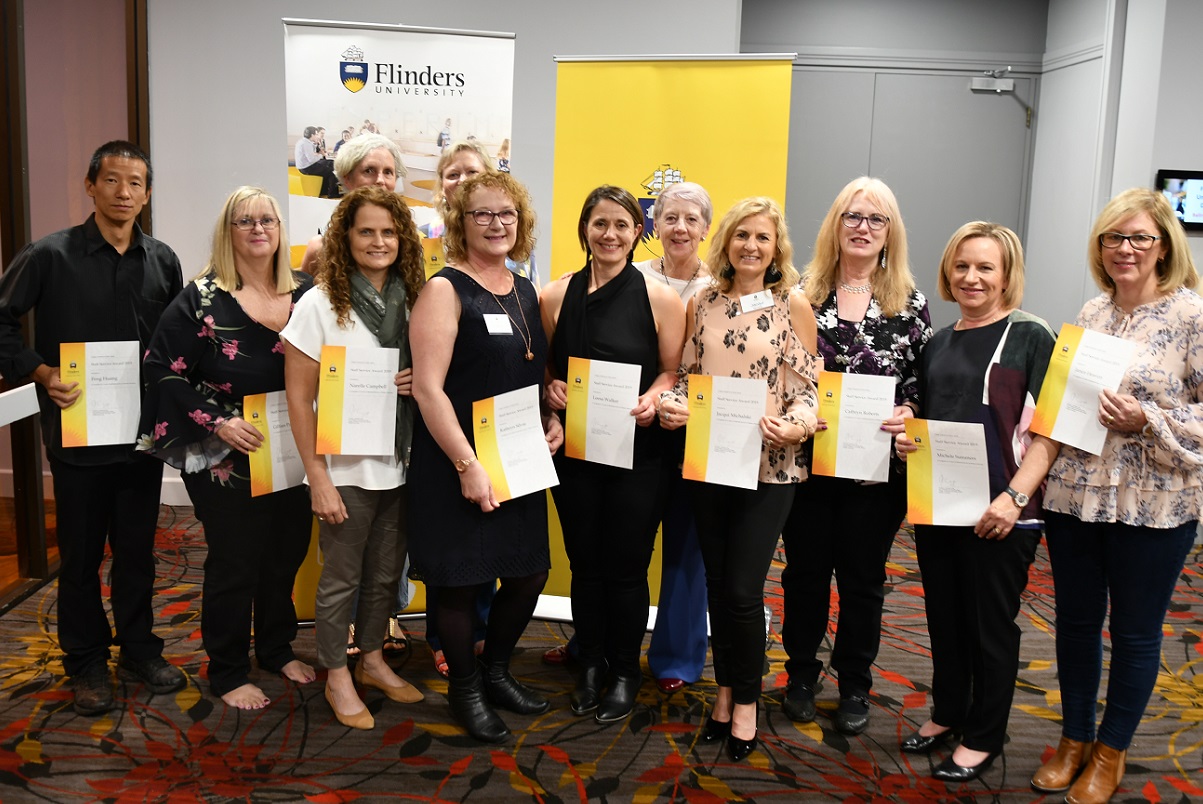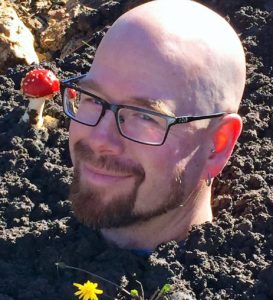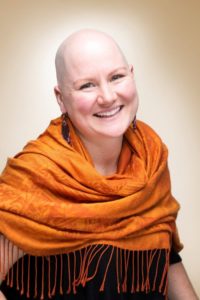
NT retreat celebrates staff and sets strategy, environmental modeller up to his neck in mid-year bustle, and lecturer shares pilgrimage experience through performance.
Retreat sets five-year strategy and celebrates dedicated staff
More than 100 staff met for a three-day strategy retreat in Alice Springs over 12 to 14 June to develop a work plan and a shared five-year strategy for Flinders University Rural and Remote Health.
The unique forum was attended by staff from multiple locations and across multiple Colleges. Discussion and planning sessions focused on Aboriginal and Torres Strait Islander health, partnerships, education and research, along with special interest group meetings and introductory sessions from the varied attendees.
The gathering also provided the ideal platform to recognise long-standing staff for their length of service to the University and ongoing commitment to the College of Medicine and Public Health (pictured below.)

Hectic mid-year keeps Corey up to his neck and on his toes
 Professor Corey Bradshaw has been keeping warm this winter with fingers in several ecology pies, and a plethora of papers hot off the coals in recent weeks.
Professor Corey Bradshaw has been keeping warm this winter with fingers in several ecology pies, and a plethora of papers hot off the coals in recent weeks.
As a Chief Investigator in the ARC Centre of Excellence in Australian Biodiversity and Heritage, Professor Bradshaw says there is hope for koalas if action is taken now to protect them from a trajectory of decline. The Centre’s modelling team found that prior to humans arriving in Australia, koala populations existed far more broadly, including in the southern tip of Western Australia, and on the Nullarbor Plain. They are now only found on Australia’s south-eastern and eastern coasts.
In his role as director of the Global Ecology Laboratory at Flinders, he will shortly be publishing a paper on ‘Socio-economic predictors of environmental performance among African nations’, noting that one of the main determinants of environmental damage in African nations is human population density, followed by per capita wealth.
Meanwhile, the illustrious environmental modeller published two further papers on the most likely paths of Australia’s first arrivals tens of thousands of years ago. The team collaborating on this research used complex modelling — considering fertility, longevity, past climate conditions and other ecological principles — to calculate the numbers of people required for the population as a whole to survive.
Pilgrimage challenge shared on stage
 Flinders Drama Lecturer Sarah Peters has written a play based on her 2016 walking trek along the Camino de Santiago, also known in English as The Way of St James, an 800km pilgrimage across northern Spain.
Flinders Drama Lecturer Sarah Peters has written a play based on her 2016 walking trek along the Camino de Santiago, also known in English as The Way of St James, an 800km pilgrimage across northern Spain.
She is now presenting this work, titled Blister, at Holden Street Theatres in Hindmarsh from 31 July to 3 August – her first production in Adelaide since she moved from Queensland two years ago.
The director of Blister is Dr Tiffany Lyndall Knight, who recently received the Vice Chancellor’s Prize for Doctoral Thesis Excellence, and two alumni from Flinders feature in the cast – Ashton Malcolm, as Rosie, and Huw Parham.
Ms Peters, who has also walked the Inca trail in Peru, explains that she did the Camino trek to discover the stories of other adventurers but also had to confront her own past.
“Drawn from encounters with real people walking The Way, Blister explores what happens when daily life is reduced to a 10 kilogram pack, a pair of boots, and a series of yellow arrows pointing you in the right direction… most of the time.
“My favourite part so far of bringing the experience and stories of the Camino to the theatre has been hearing other people read the words of the play out loud. I get the thrill of remembering the story in my memory, the joy of hearing someone express the emotion I have written, and the opportunity to hear the story anew through the unique interpretation that each actor brings.”

